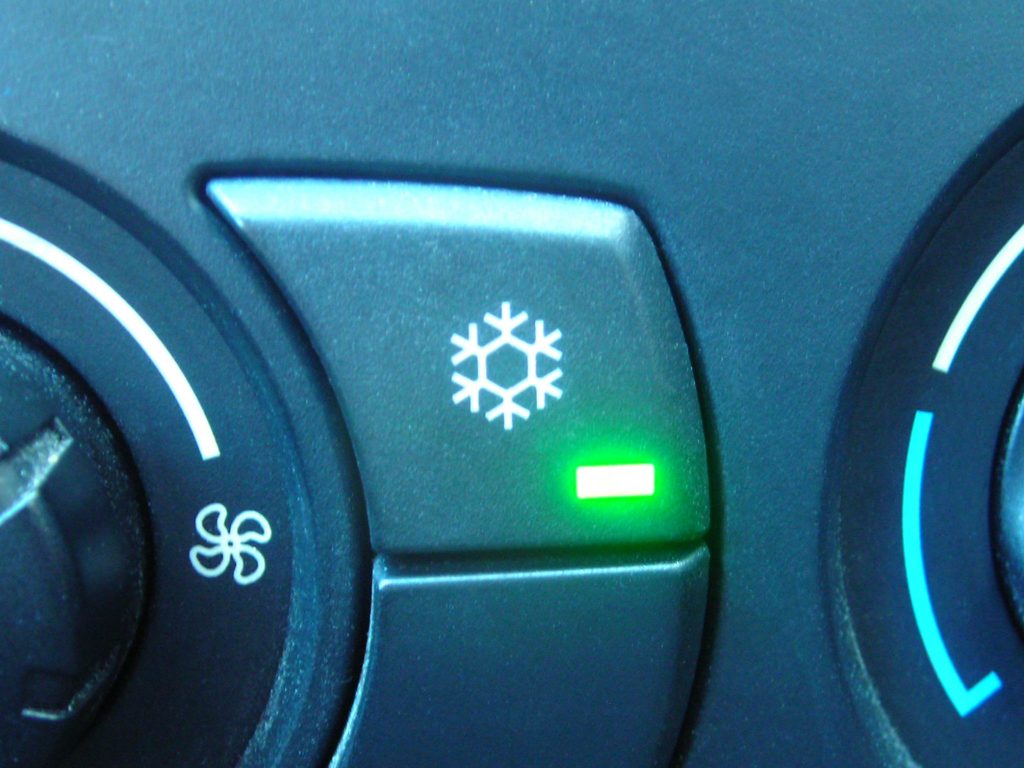Believe it or not, the A/C system in your vehicle is fairly simple in principle and design. Like your refrigerator, it operates on a cycle of compression and expansion of a gas, known as refrigerant. The compressor turns the gas into a liquid, and as the gas evaporates it provides cooling. Like your refrigerator, its main components are:
Thank you for reading this post, don't forget to subscribe!- Compressor
- Condenser
- Receiver/dryer
- Thermostatic expansion valve
- Evaporator
- Refrigerant
- Blower
The good news is most automotive A/C systems have become very robust and reliable compared to cars from a generation ago. Most of the time, poor performance is due to low refrigerant levels due to leaks in the system around the O-rings, gaskets, seals, and lines (which can all dry out and shrink). Low refrigerant can mean other problems though. Since refrigerant contains oil which lubricates the compressor, low levels of refrigerant can mean an overheated compressor sending tiny shards of metal through the rest of the system to wreak havoc. These are sure signs of problems:
- A/C that’s barely cooler than the air outside
- A/C only blows cold while car is moving, not at idle
- Metallic clicking under the hood, as the compressor’s magnetic clutch cycles the compressor on and off
- Musty, “dirty socks” smell from air vents
- Volume of air from vents is never enough
Obviously, all these components can potentially fail…but often they fail due to low refrigerant levels, and even a late model vehicle can lose five to ten percent of its refrigerant over a year’s time. Why take chances? Recharging the system with refrigerant is easy and inexpensive, and should be part of your A/C system’s (and your car’s) routine maintenance!


